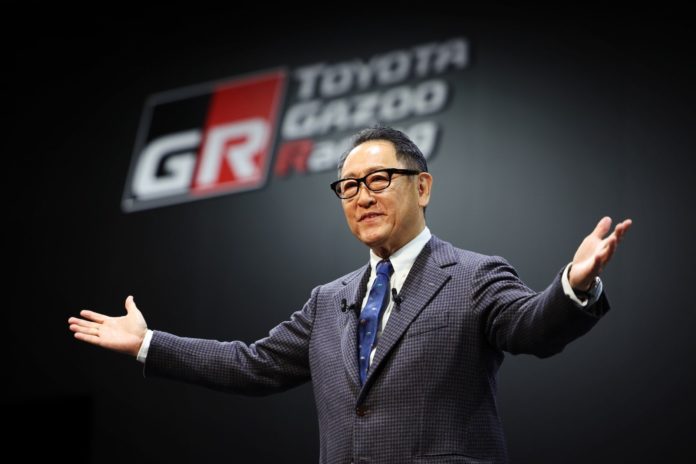Rather than wait until EVs eventually replace all the gas- and diesel-burning vehicles on the road, Toyota CEO Akio Toyoda believes we can speed up the process of going green by converting old vehicles to run on either batteries or hydrogen fuel cells.
Toyoda, the grandson of Toyota’s founder, has become a controversial figure of late, questioning whether EVs are the best solution to global warming. Along with battery-electric vehicles, he’s betting on a mix of conventional and plug-in hybrids, as well as fuel-cell electric vehicles — or HEVs, PHEVs and FCEVs.
Now, he’s added a new wrinkle to the debate. “If only new cars are electrified, we aren’t going to be able to achieve carbon neutrality,” Toyoda said during an appearance at this month’s Tokyo Auto Salon. “We also have to consider vehicle units in operation.”
A slow transition
There currently are about 1.3 billion passenger vehicles on the road worldwide, with nearly 300 million in the U.S., according to Statista.com. Last year saw nearly 70 million new vehicles sold globally, with industry data showing the EV share had risen to around 13 percent. So, even with the battery-vehicle share accelerating rapidly, industry analysts have estimated that it could take well into the 2030s — or beyond — before zero-emission products make up the majority of the global fleet.
The Toyota CEO unveiled what he proposed as an alternative solution during the Salon, two modified versions of the mid-1980s Corolla. Known to fans as the AE86, one had its internal combustion engine replaced by a battery-electric drivetrain, the other by a fuel-cell drivetrain.
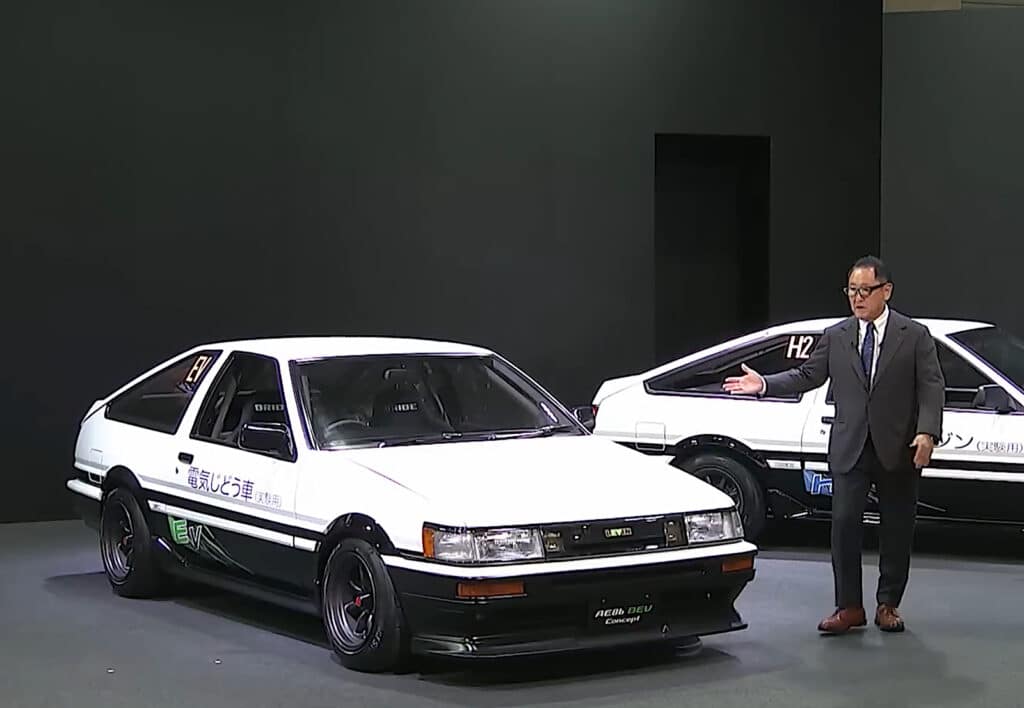
“Many automakers target a 100% shift to battery EVs, anywhere between 2030 to 2040,” Toyoda said during the presentation of the AE86 BEV and AE86 H2 concepts. “But the reality is that we cannot achieve carbon neutrality by 2050 simply by shifting all new-car sales to EVs. … It is important to provide options for cars that are already owned.”
Toyoda — and Toyota — take heat
Toyoda has been a frequent — and loud — critic of the regulatory push to switch to all-electric vehicles. He has gone so far as to warn such a move could destroy the Japanese auto industry. He contends the quicker way to reduce carbon dioxide emissions is with a mix of different technologies, including conventional hybrids such as the familiar Prius, as well as hydrogen models like the Toyota Mirai. He’s now added the prospect of converting the older models that typically have the highest emissions.
His stand has drawn sharp criticism from those who have described it as “stagnation tactics.”
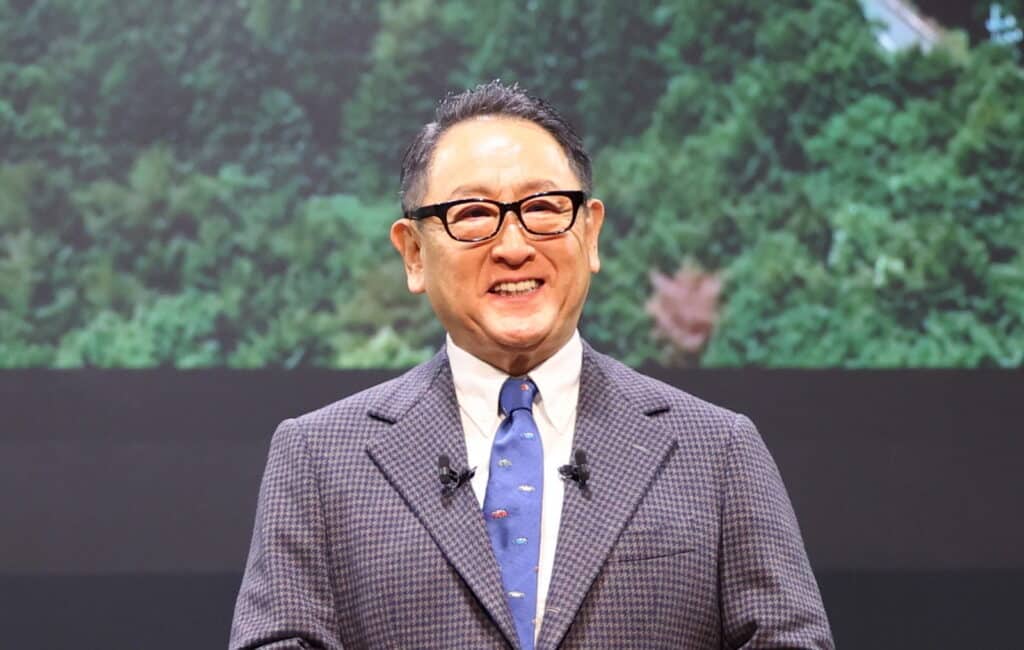
“In our view — and in the view of many other investors — the lobbying work undertaken by Toyota Motor has given the company a global laggard status on climate action within the auto sector,” Anders Schelde, CIO of Denmark’s Nordea Life & Pension fund said last year, joining other major stockholders in criticizing the automaker.
Organizations like Greenpeace have faulted Toyota for its slow roll-out of battery-electric vehicles. The automaker currently has just one long-range model in production, the bZ4X, though Toyoda announced plans to launch dozens more this coming decade during a December 2021 news conference.
“The atmosphere is changing”
But CEO Toyoda argued last week that he’s not the only one questioning the march towards electrification. “The atmosphere is changing. There are more people supporting us,” he said. “I am talking about reality — the users’ reality and the market reality. The silent majority is speaking up.”
Stellantis CEO Carlos Tavares is one of those who thinks a mix of different technologies, including hybrids and fuel-cell vehicles, would be a better solution. But the executive made it clear at CES 2023, that the automaker ultimately will follow regulatory demands.
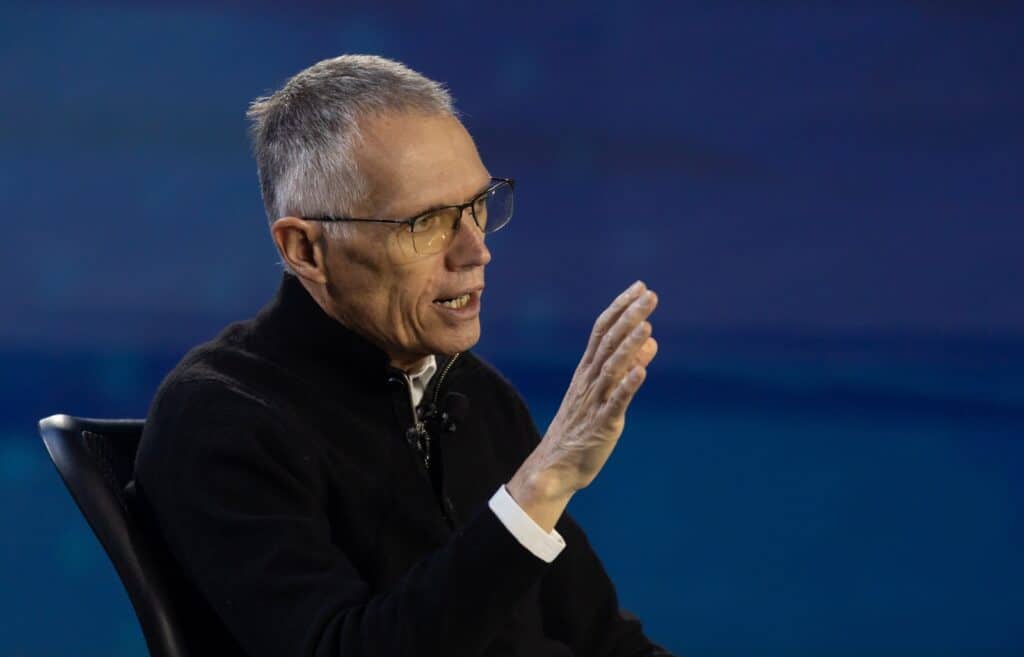
“I’m just trying to run faster the regulators,” Tavares said during a roundtable discussion.
EV conversion market expected to GROW
Even among manufacturers that are strongly pro-EV there’s interest in building demand for EV conversions. Last July, General Motors introduced the Electric Connect and Cruise eCrate Package which will allow a variety of older GM vehicles to go electric, though the automaker has yet to announce which ones.
The prior November, Ford launched the “Eluminator,” an EV conversion package its performance website describes as “the first of its kind to be engineered, developed and offered by an original equipment manufacturer.”
The demand for EV conversions is growing rapidly. According to one study, it will nearly triple between 2021 and 2025, as American motorists repurpose everything from old Volkswagen Beetles to Pontiac GTOs. But so far, e-conversions haven’t gone mainstream. The business is measured in the thousands, though demand is likely to rise to more than 40,000 annually worldwide by 2025, according to a study released by ResearchandMarkets.com. It forecasts a compounded annual growth rate of 16.71% between 2021 and 2025.
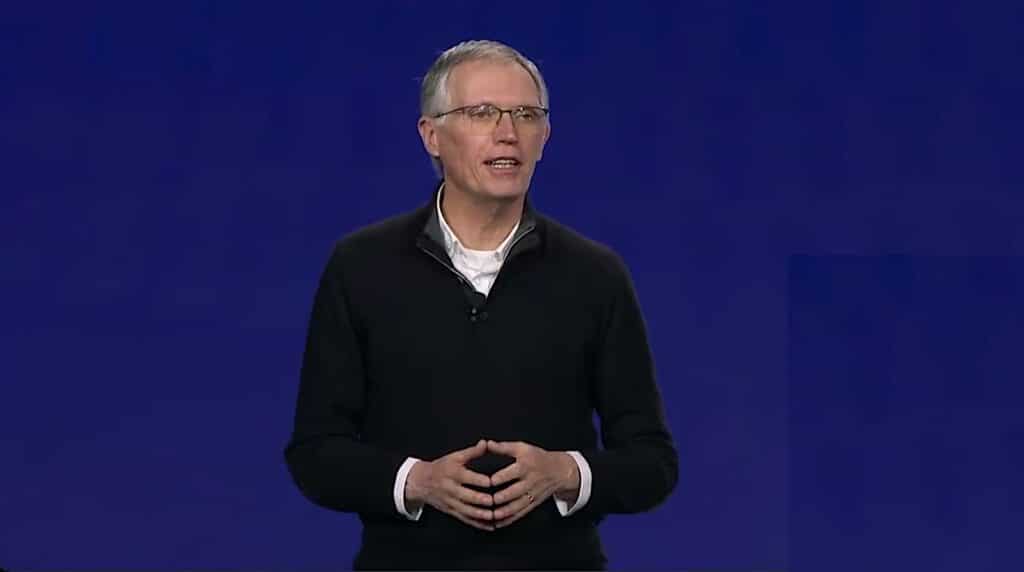
A costly process
There are a variety of issues to consider. Since they weren’t designed for electric propulsion, older vehicles are likely to be far less efficient than modern EVs, for one thing. Then there’s the cost of conversion.
Ford’s Eluminator package starts at $3,900 — a figure that doesn’t include the battery pack and some other key components. Add everything else that’s needed and the figure can soar.
Indeed, conversion costs run all over the map. At the low end, the changeover can go for as little as $8,000 to $10,000, according to experts. But GreenCarStocks cautions that, most potential customers should expect to spend at least $18,000. And $30,000 isn’t out of the norm. Some more sophisticated conversions can hit $250,000 and above.
For his part, Toyoda did not lay out specific plans to get Toyota into the EV conversion field.

